luxating patella cats symptoms
Patellar luxation a hereditary disorder in dogs and cats is characterized by ectopic development of the patella medial or lateral to the trochlear groove of the femur. The knee joint may lock up in an abnormal position causing your dog to walk on 3 legs.

Patella Luxation In Dogs Cats Medvet
Luxating Patella in Cats.
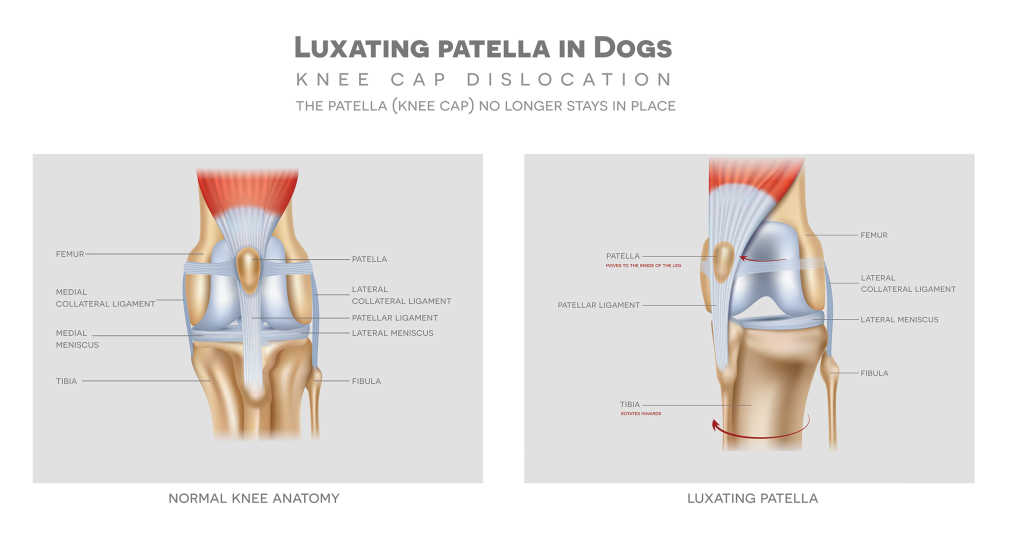
. Carrying the limb up for a few steps skipping Shaking or extending the limb Lameness Bow-legged appearance where the legs curve. In severe cases the. The main signs of patella luxation including hopping or skipping-like lameness to the back leg that will spontaneously resolve as the dislocation resolves.
Occasional or constant limping Difficulty jumping onto things like beds and tables Skipping on a back leg holding it up for a few steps then replacing weight onto that leg. Luxating patella is sometimes referred to as a dog having a bum knee. A luxating patella in which a kneecap moves out of its normal position is a very common occurrence in dogs.
Even if hes not limping keep an eye on him if hes much less active than usual or isnt jumping up on his. Grade 1 luxating patella usually comes with no symptoms. The signs of patellar luxation include intermittent on and off lameness an unusual skipping on the affected leg when the cat walks or runs or difficulty in jumping.
If caused by physical trauma the clinical signs of a luxating patella will become. The main symptom of luxating patella is an intermittent hopping on the limb when the patella pops out of place. Symptoms of luxating patella in cats include.
With a medial luxation the lower part of the leg will usually be held out to the side as long as the kneecap is out of place. An abnormal gait which is reminiscent of a bunny hop. Kneecap dislocation can be caused by a variety of reason that may or.
Once the pressure is removed the dogs patella. Patella luxation is usually characterised by a skipping or hopping lameness where the dog or cat will hold their leg up for several steps whilst running and then return to normal. Common symptoms associated with patella.
Luxating patella a painful condition in which the kneecap slips out of position is common in smaller-breed dogs but can also occur in larger dogs and cats according to. Patellar luxation can be. You may notice your dog skip a beat as they walk.
Ad Help Maintain Your Cats Joint Function and Flexibility. Very often the patella pops back in on its own and then the dog. Typical symptoms of patellar luxation in cats could include the following.
Cats with patellar luxation may experience symptoms on and off. Cats can also be prone to patellar luxation. In congenital and inherited cases it is usually seen as a bilateral disease affecting both hind legs and can result in limping bunny hopping or hind-limb collapse.
Patellar luxation treatment options Non-Surgical treatment options. If your cat is limping or seems off as he moves he could have a luxated patella. The typical clinical signs include lameness skipping on the affected leg and an unwillingness to jump.
Those with a grade one luxation may simply need some supportive care rest and medicine. The kneecap is loose but will only get dislocated once pressure is applied. In fact this condition occurs when the dogs kneecap -- or patella -- which sits in a groove at the lower end.
This may also be caused either by injury or is congenital. A luxating patella will cause the feline to display an unusual gait as the knee joint cannot function as it would normally. Symptoms of a Luxating Patella.
Help Maintain Your Cats Joint Function and Flexibility. Sudden lameness traumatic or intermittent lameness affecting one or both. The main symptom of luxating patella is an intermittent hopping on the limb when the patella pops out of place.
The patella or kneecap normally sits in a groove at the lower end of the thigh bone femur and slides up and down in its groove when the knee flexes and straightens. While small or toy breeds such as Chihuahuas Yorkshire terriers. Conversely high grade patellar luxation usually requires surgery.
Abnormal movement in back legs. What treatment your veterinarian recommends will depend on the severity of your dogs patellar luxation. Cats with mild patellar luxation may not display any signs particularly with congenital patellar luxation.
Common signs of luxating patellas include.

Management Of Medial Patella Luxation In The Dog Cat
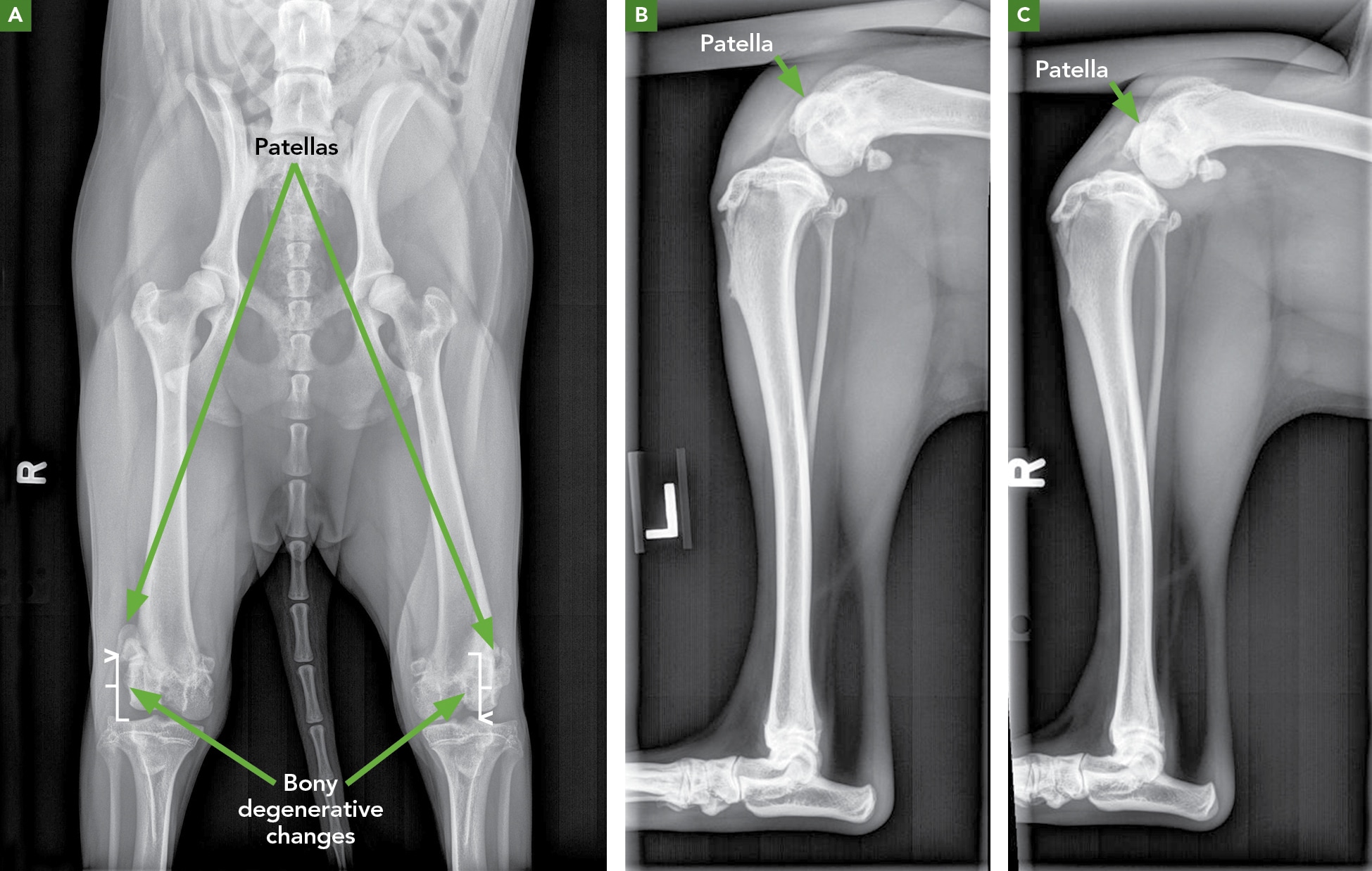
Luxating Patellas Pathology And Treatment Options Today S Veterinary Nurse
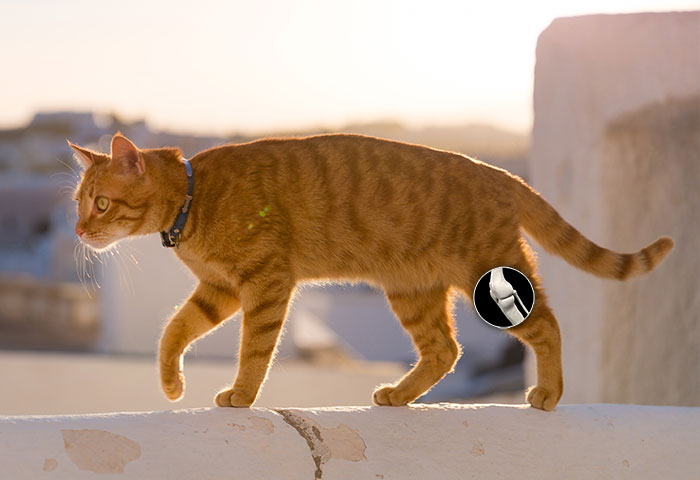
Feline Hind Limb Knee Injuries Packerland Veterinary Center

Luxating Patellas In Dogs And Cats Small Door Veterinary
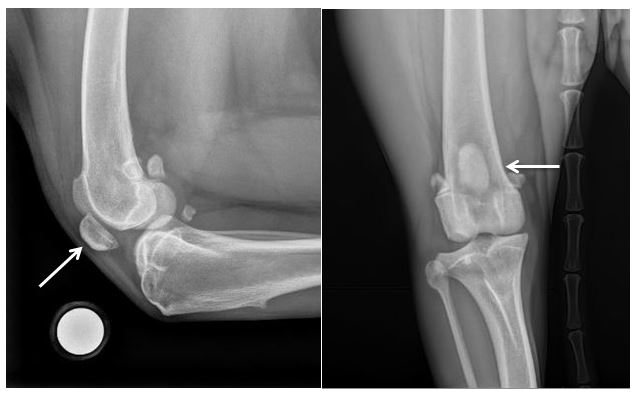
Patellar Luxation Pawsitive Steps Rehabilitation Therapy For Pets Troy Mi

Jade S Double Knee Patella Luxation Youtube

Patellar Luxation In Cats International Cat Care
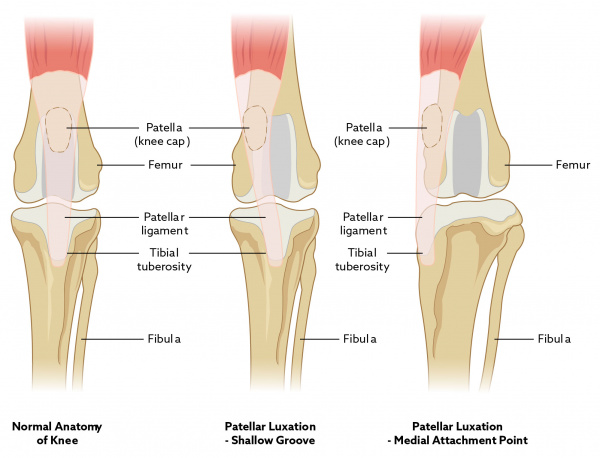
Luxating Patella In Cats Vca Animal Hospital
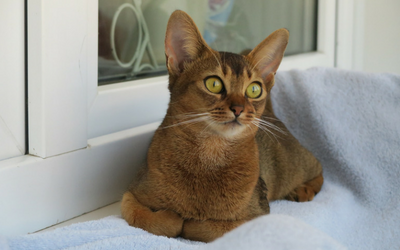
Luxating Patella In Cats Vca Animal Hospital

Luxating Patellas Pathology And Treatment Options Today S Veterinary Nurse
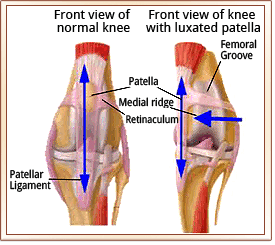
Patellar Luxation Metropolitan Veterinary Associates
Patellar Luxation Marshalswick Veterinary Surgery
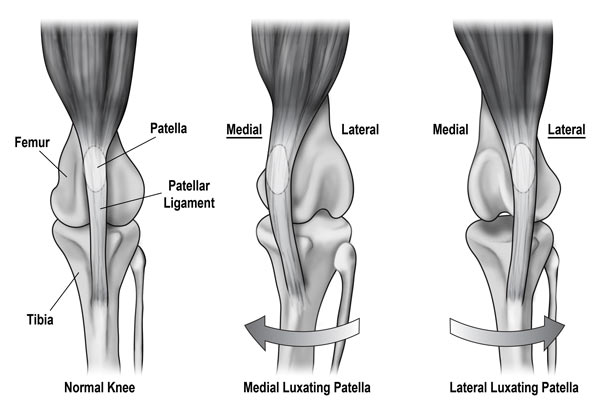
Patella Luxation A Common Orthoapaedic Problem Albert Park Vet

Surgical Correction Of Patellar Luxation In Cats Today S Veterinary Practice

Luxating Patella In A Cat Youtube
Luxating Patella Causes Treatment
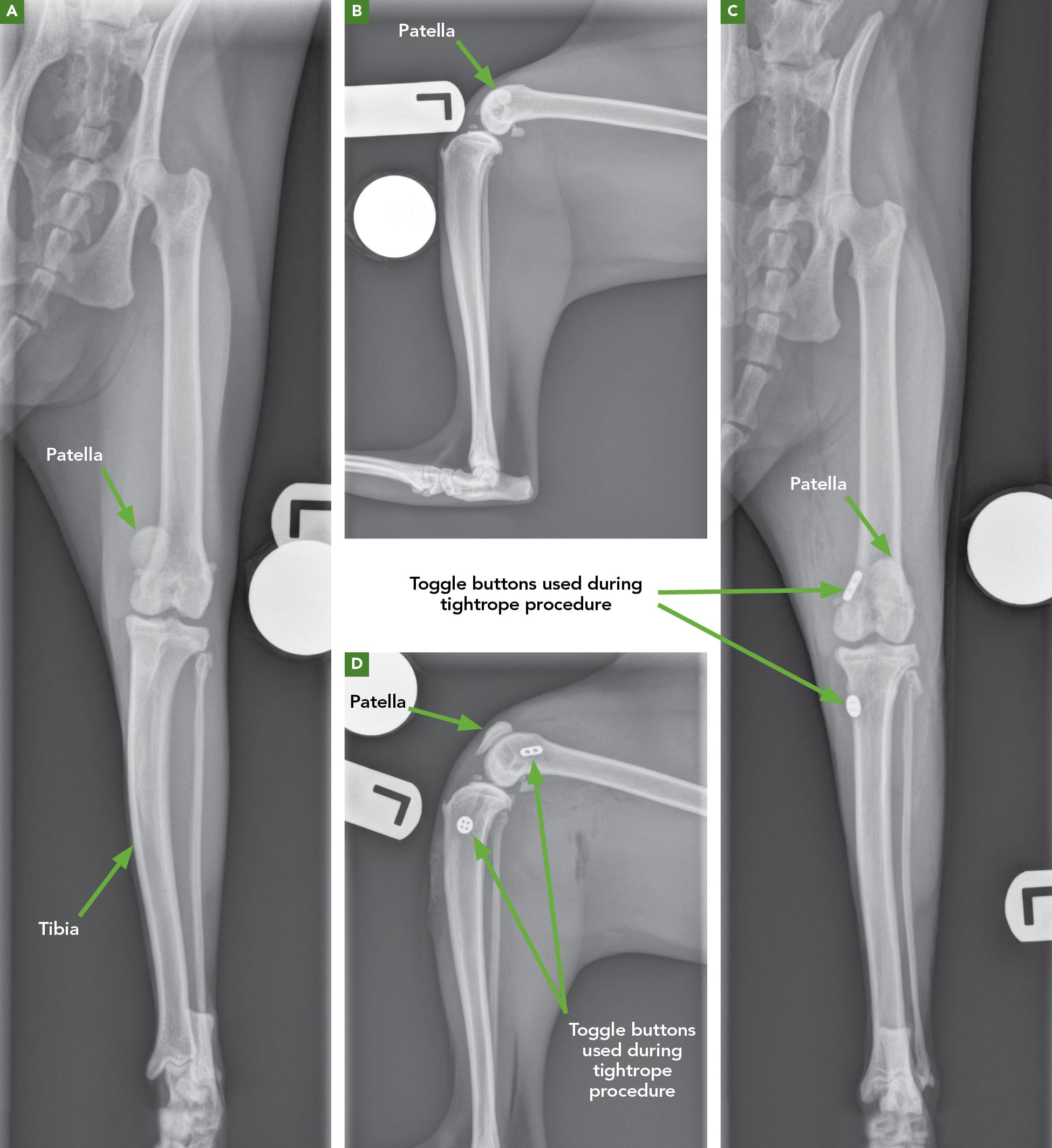
Luxating Patellas Pathology And Treatment Options Today S Veterinary Nurse
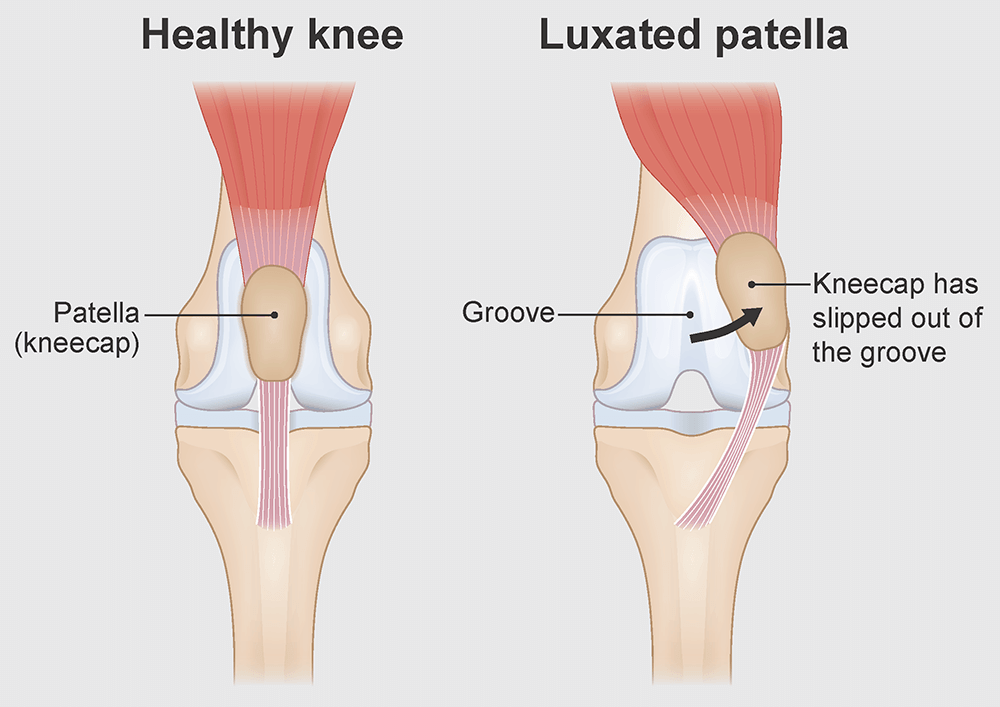
/GettyImages-638142640-a73f293767c5407bb1dd827e00e739b4.jpg)